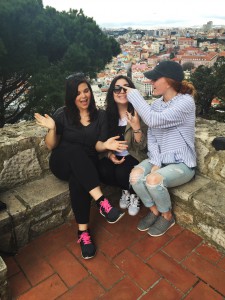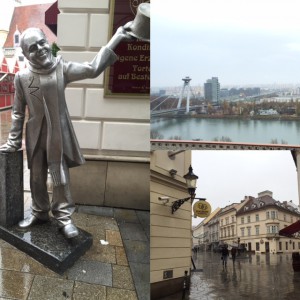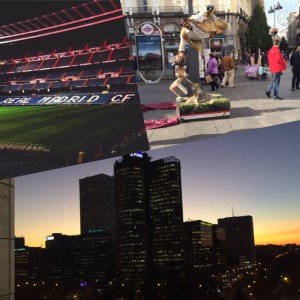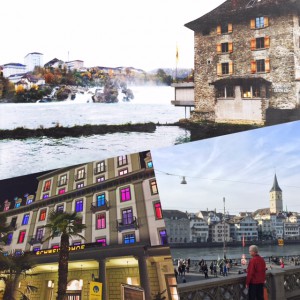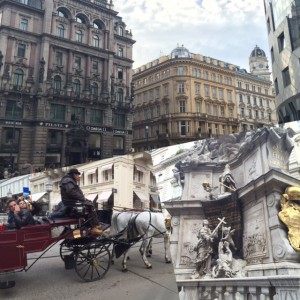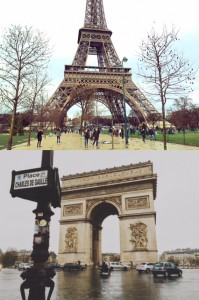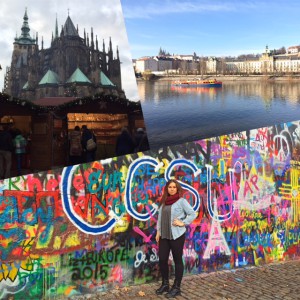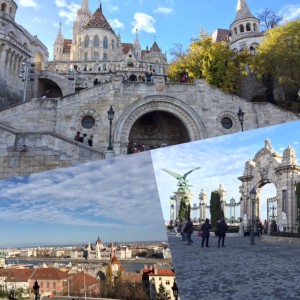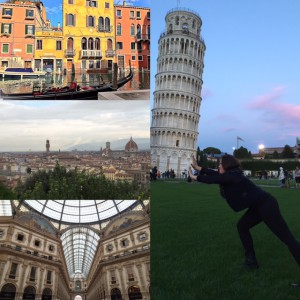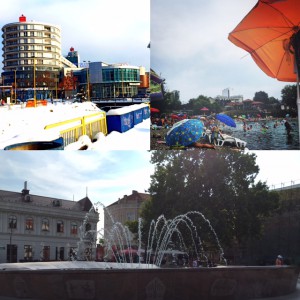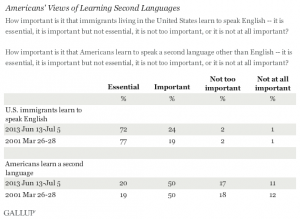I had studied French during all four years of high school and learned a decent bit about their culture, so I figured I had a decent idea of how France would be like before I studied there. That couldn’t have been further from the truth. Here are nine of the things that I wasn’t really expecting before coming to France and some tips to help you overcome them!
1. Clothes: Everyone wears jeans and only jeans. And if you’re a girl, its high-waisted jeans. I tried this for the first few days, then I realized I hated being so dang hot 24/7. I really don’t know how they do it. What’s even crazier is the fact that they are usually wearing jackets too. Absolute madness!!! Now, I just wear my nice shorts and welcome the stares from everyone(may or may not be because the shorts).
Tip: Bring at least two different pairs of jeans if you want to fit in and not get the endless stares like me!
2. Appearance: I really stick out in a crowd. Everywhere I go, I always get many people staring at me. It could be the shorts, could be the fact I’m about a foot taller than everyone else or that I look like I’m from the USA(some have thought Netherlands). I didn’t expect that everywhere I went, I would constantly get stared at because of my appearance.
Tip: Don’t be tall or wear colored, pastel shorts like me.
3. Driving: The drivers here are CRAZY!! They weave in and out of lanes, dodge motorcycles that seem to have no rules and do it all while staying calm, cool and collected. Not to mention, they actually let drivers over when they have their signal on, and they do all of this without undercover cops patrolling the streets to hand out tickets(they use cameras). The best way to describe their driving is organized chaos. It is 10x worse than anything in the USA, trust me.
Tip: Don’t drive yourself unless necessary. Take the metro or walk and burn off those calories from the cheese and bread!
4. Food: Before I came to France, I assumed I’d be eating a lot of French food. Crazy right? But everything in Paris and the major cities has been Westernized and it was like eating back at home, except not as good. Even when we wouldn’t be in residential areas it seemed like all you could find were burger shops and Italian restaurants. Of course, you can go get an amazing crepe at just about any place you go, but you’re hard pressed to find restaurants with truly French cuisine. Don’t fret though, you can still find great food(like the fish and chips above) you’ll just have to search a little harder.
The main thing I didn’t expect when it came to food, was the fact that the seafood tastes could be so different in France than the USA. When I stayed at Mont St-Michel, I ordered a Fruit de Mer(fruits of the sea). I was looking forward to eating some scallops, shrimp, fish, mussels and crab. I was in for quite the surprise when they brought me out a plate with only one of those. My first reaction was to literally throw the plate across the room. Yeah, a little over the top, but it was warranted. It was one of the most unappetizing dishes I had ever seen. I gave it the ol’ college try and had some of these alien snails, prawns that had their insides explode on my hands and much, much more. If you’re like my brothers right now, you’re thinking I’m just a picky eater. That might be true, but even my parents couldn’t choke down this food. Needless to say, it was the worst food experience of my life and it still gives me the heeby-geezies thinking about it. Don’t worry too much though, I had fantastic lamb after that and the best vanilla ice cream I have ever had for dessert.
Tip: Try and ask locals where the best restaurants are and try and eat outside of the touristy areas. Also, try and clarify what exactly you will be getting and don’t assume it is the same as at home.
5. Language: They. Talk. So. Fast. When I listen to them speak it is like one long word that never stops. Add in the fact that they are speaking a foreign language and you’re completely toast figuring out what they are asking/telling you. And before you say, “Well why did you go to a country you don’t speak the language”, I DO!!! I am not fluent, but I know enough to be dangerous. Hopefully by the end of the summer I will be proficient enough to understand everyone and communicate much easier.
Whenever we went out my parents would typically ask them right away if they spoke English and typically the waitress/waiter did. We were at a nice fish and chips place(Poissonpare, highly recommended) on the Loire River in Nantes and my parents went through the usual routine and found out our waitress didn’t speak English and really didn’t seem very interested in having us eat there. So I stepped in and starting using my French skills to ask questions and order all the food for us. Everything changed after that. Our waitress was peppy and sweet, and no longer looked like she wanted to throw us into the Loire. When I went to pay, she was very sweet and was trying to tell me something in French, but I couldn’t understand what she was saying because she was speaking a million miles an hour. After, having her repeat it multiple times, she ended up telling me in broken English “congrats on your French, it’s very good”. HA! I didn’t even understand her complimenting me on my French. So much for being very good… In all seriousness though, it made my day. Let this be a reminder to always try your best to use the local language when visiting a foreign country because you never know what can come from it.
Tip: Know some French before coming. Also, make an effort to show you are trying and they will typically be helpful and speak in English.
6. Beaches: France has some amazing beaches… and they’re not even on the Mediterranean. I usually associated Italy, Thailand and Fiji with having nice beaches, but France definitely had a surprise in store for me!
For my parents last day in Nantes, we drove 1.5 hours outside of Nantes to Ile de Noirmoutier on the Atlantic Coast. What I thought would be an okay day trip turned into us discovering the most beautiful beach I’ve ever been to. It had nice sand, a great town around it, nice blue-green water and many trails that led to semi-private, picturesque beaches. I may not have been able to get into the water because it was still too chilly, I can say with confidence it is one of the best beaches in France and everyone should go soak up the sun on the beautiful Les Dames beach of Noirmoutier.
Tip: Don’t skip out on the Atlantic Coast beaches. They may not be as famed as the Riviera, but they are just as beautiful.
7. Smoking: I had no idea how many people smoked in France. I am used to seeing a few people a day back at home, but when we were going through France about 50% of people smoked. No, I’m not exaggerating. It was absolutely mindboggling for me, because I now see more people smoking in 5 minutes than I would in an entire day at home. Basically the only place they can’t smoke is inside the restaurants and hotels. If you have issues with smoke, COME PREPARED!!
Tip: Eat inside restaurants if the smoke bothers you.
8. Tourists: I hate being ‘that tourist’, but there are just too many of them out there. We came when it isn’t even peak season, and I completely hated some of the places(Palace of Versailles) that I knew I would like, simply because there were 10x too many people there. I couldn’t enjoy the palace, the Musee Orsay and many other places because you would be packed in like sardines with people who don’t care that you’re trying to enjoy the moment.
At one point in the palace, some short little kid was bumping into me and I had mumbled something like “Watch out little guy”. Turns out it really was just that! An extremely short man, twice my age.
Tip: Visit main tourist attractions during the middle of the week. Also, plan your visits outside of the peak season of June, July and August.
9. Markets: Before I came here, I assumed everyone did their shopping like we do in the USA. I couldn’t have been further from the truth. First off, everyone here has to have their own reusable bags or a cart and if you don’t they will make you buy one. Secondly, most people walk to the market just about every day. They’ll get their fruits and veggies, protein for the day and a delicious baguette. When I realized this, I was thinking, “You mean they don’t hoard away 17 years of food in their basement fridge? Weird.” After going shopping a few times, I realized I definitely like this better. You always have fresh food. You get to exercise and burn off all those calories from the cheeses and baguettes. You just feel healthier.
Tip: Buy a few reusable bags and enjoy the daily ritual of walking to the market for fresh produce.
This list is by no means all inclusive of everything that I didn’t expect, but it highlights the main topics. Be sure to follow the tips to help make your time in France easier and more fun!
P.S. Most of this is applicable to every country I visited in Europe, so be prepared regardless of where you go!
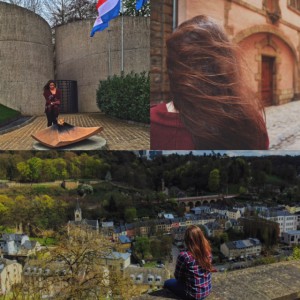
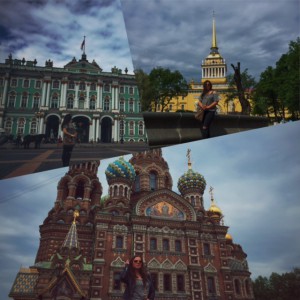
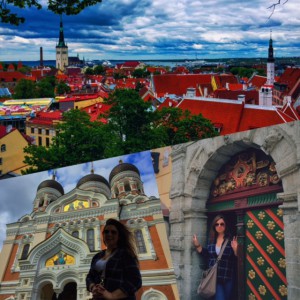
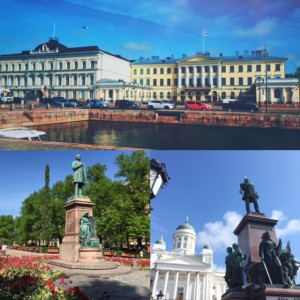
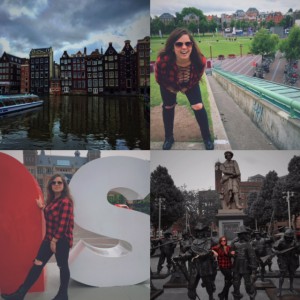
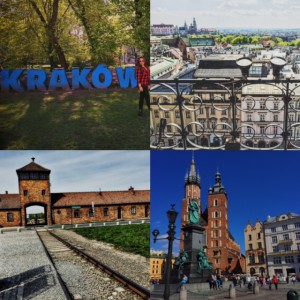
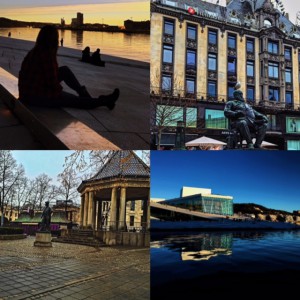

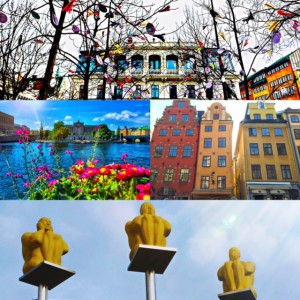
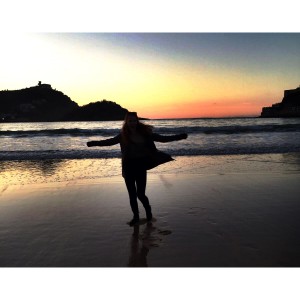
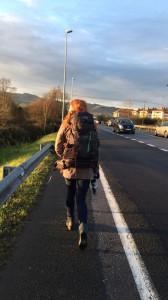
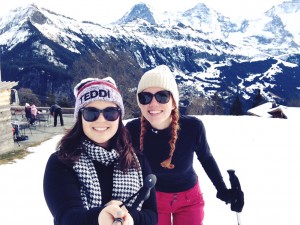
 being said, my mom gave me the best advice and I will relay that to you. Now is the time to spend your money. You have the rest of your life to make up for any money lost while you were abroad. Not to mention, it is only four months of increased spending. You and your bank account will recover. So if you can’t decide if you should treat yourself to the infamous steak in San Sebastian, spend the extra 10 euro to go to the top of the Eiffel tower or go to an over priced Barca game, JUST DO IT. Those memories are worth a thousand more euros and you may not get the chance to do it again.
being said, my mom gave me the best advice and I will relay that to you. Now is the time to spend your money. You have the rest of your life to make up for any money lost while you were abroad. Not to mention, it is only four months of increased spending. You and your bank account will recover. So if you can’t decide if you should treat yourself to the infamous steak in San Sebastian, spend the extra 10 euro to go to the top of the Eiffel tower or go to an over priced Barca game, JUST DO IT. Those memories are worth a thousand more euros and you may not get the chance to do it again.